You revisit an old love with wariness. Time’s passed for both of you — sharp edges have been smoothed, and reputations built. But seeing Kaash again last week, Akram Khan’s tremendous debut ensemble work, made when he was 26, revived at Sadler’s Wells now that he is 41 and a world name, I felt the earth move just as before.
Like Athene, born fully armed from Zeus’s head, Kaash leapt astonishingly out of the modest, watchful mind of Khan, then a superb classical Indian soloist embarking on his first choreography for other dancers. One of the great pleasures of this past fortnight for a veteran dancegoer has been seeing his dazzling piece again days before the latest creation of his former mentor, Belgian choreographer Anne Teresa De Keersmaeker, now 55. The two dancemakers have in common a nervous attraction to the place of percussive rhythm and time statements in dance, in both textures of phrasing and in overarching themes. And, contra those sceptics who postulate that contemporary choreographers can offer no specific language to challenge the academic vocabulary of ballet, here were two danceworks showing instantly recognisable physical signature and grand imagination, like it or not. Not, comes into discussion of the De Keersmaeker, but more of that in a minute.
The Hindi word kaash means ‘if…’. Schooled in the dynamic north Indian danceform Kathak (a dance tradition more than 2,000 years old), Wimbledon-born Khan stepped out with an epic inspired by Shiva myths of creation and destruction and of a ‘multiverse’ of alternative worlds.
In keeping with the theme, Khan and his composer Nitin Sawhney destroyed and recreated parts of the 2002 work for their 2016 dancers — and yet if anything the fiery emotiveness and apocalyptic mystery of the original is intensified. The drama explodes in your face from the first: a lone man staring into darkness is subsumed in the cacophonous fiery-red eruption of a cohort of dancers remorselessly scything across the ground with huge, jagged drags of the arms. The need for dreams, the beautiful violence of imagination and the lure of death are all encapsulated in the thrilling opening moments, and these true themes are not let down during the piece’s 55 minutes.
Central to the imagery is Anish Kapoor’s mesmerising backcloth, a blurred rectangular void framed in white, which, washed and drenched in colours by lighting designer Aideen Malone, can appear to be a portal into the unknown, or a wall of fire, or a vanishing illusion. The floor is a blood-red carpet, or chequered like a jasmine-yellow quilt, which transmutes the wheeling dancers into celestials bouncing on air.
The marvellous deep focus of Kapoor’s vision mitigates the sentimental eclecticism of Sawhney’s lightweight musical frame to the work, decorating it with everything from whispers and heavy breathing to gamelans and plainchant.
From his five dancers, austerely dressed, Khan constantly conjures suggestive formations, each telling of a particular dynamic relationship: one with four, or opposed by four; one confronting one, or one with one; mass martellato lines against blurry meltings-away, while the light plays tricks on your eyes. An exhausting, frantic solo for a woman in ultra-dark-blue light becomes a nadir of lostness, stilled by the sentinel appearing at the window. There is omen, there is release. It’s the work of a blessed young talent, and the revision is tauter but no less wondrous. Bouquets to each of the five dancers.
De Keersmaeker’s reputation as the grande dame of European contemporary dance enables her to think along lines unthinkable in Britain. Golden Hours (As You Like It) is the polar opposite of Kaash in its uncompromised plainness — nearly two and a half interval-less hours long, largely in silence, with no costumes or set, and only minimal clues to what it’s about. At which point you might say, enough already, it’s not as I like it.
On the contrary, among the myriad Shakespeare danceworks this is one of impressive boldness, both faithful to the sourcework and yet absolutely original. The dozen dancers have each learned As You Like It’s lines and their dance is almost a casual dance-mime of all the comedy’s roles. Lines from the play and Brian Eno’s 1975 song ‘Golden Hours’ (from Another Green World) sporadically add signposts, but in fact this is an unusually dance-friendly plot, full of youthful physicality — wrestling, loveplay, cross-dressing, and homoerotic banter between long-haired boy Rosalind and rugged Orlando in his sequinned sneakers.
Like Khan, De Keersmaeker frames her dance within a larger time signature: the ensemble moving in almost imperceptible slow motion, as if the earth is turning. Despite being dressed down indistinguishably in T-shirts and jeggings, they are distinguishable as the comedy’s characters through their performing and their choreography, as gleeful as skaters, hunkering down, spiralling around each other and through each other, fresh in emotion. De Keersmaeker, who also debuted in memorable style, has stayed a 30-year course.
Got something to add? Join the discussion and comment below.
Get 10 issues for just $10
Subscribe to The Spectator Australia today for the next 10 magazine issues, plus full online access, for just $10.

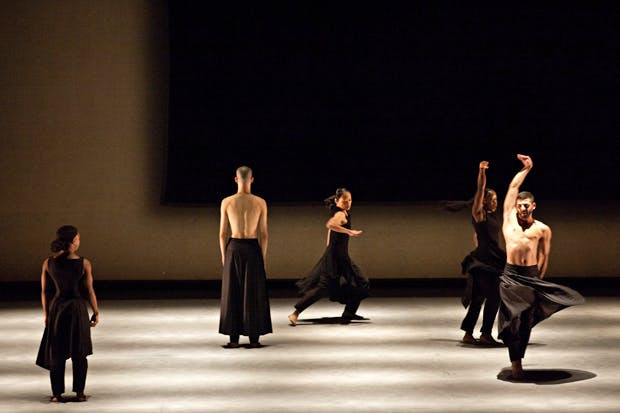
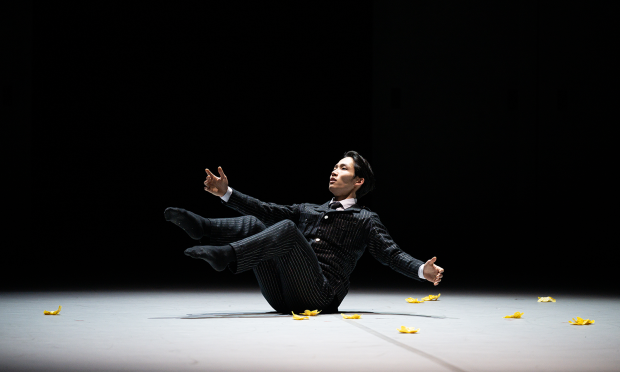
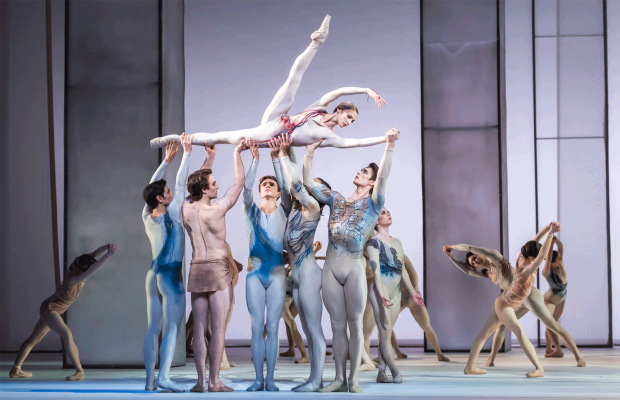

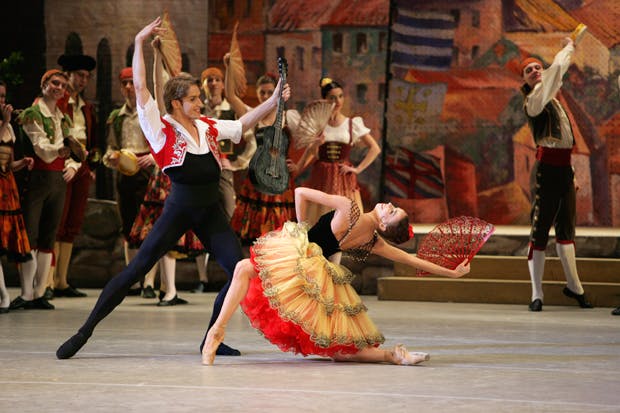
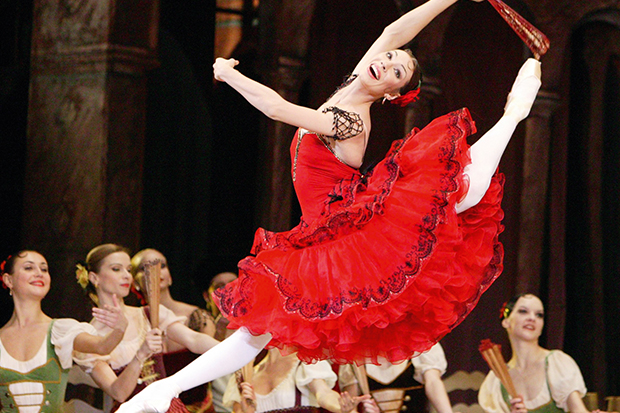
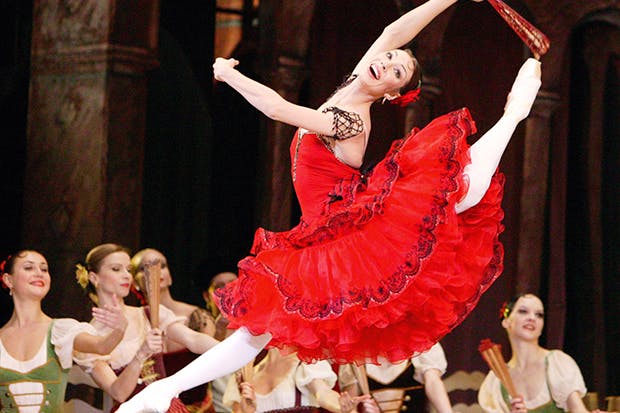






Comments
Don't miss out
Join the conversation with other Spectator Australia readers. Subscribe to leave a comment.
SUBSCRIBEAlready a subscriber? Log in